- Their Times and Their Contemporaries
av Oliver P Temple
495
This well-written book is devoted to the men whose lives influenced the history of Tennessee during a pivotal time in this nation's history. The detailed accounts of these notable military, political, and judicial leaders, who made significant contributions to the development of Tennessee, are inextricably woven with the history of Tennessee and their country before, during and after the Civil War. Chapters include: Notable Men of Tennessee from 1833 to 1875, Their Times and Their Contemporaries (including Three Remarkable Facts, the Widespread Secession Movement, Attitude towards Slavery, Emancipation, Lincoln's Inaugural, and much more), Thomas D. Arnold, Judge John Baxter, Reese B. Brabson, R. R. Butler, Robert K. Byrd, Daniel A. Carpenter, Alfred M. Cate, William Blount Carter, Colonel William Clift, General Joseph A. Cooper, William Crutchfield, Perez Dickenson and John Williams, John M. Fleming, Andrew J. Fletcher, Leonidas C. Houk, Horace Maynard, John McGaughey, Sam Milligan, John Netherland, Thomas A. R. Nelson, DeWitt C. Senter, General James G. Spears, Benjamin Tolliver Staples, Dr. Joseph C. Strong, Nathaniel G. Taylor, Montgomery Thornburgh, Daniel C. Trewhitt, Judge Connally F. Trigg, David K. Young, Johnson and Temple Race for Congress in 1847, Meredith Poindexter Gentry, The Races of Jones and Polk in 1841 and 1843, Distinguished Personages of Last Generation Whom I Met or Knew, William Gannaway Brownlow, and Andrew Johnson. The Introduction by Mary B. Temple gives a detailed account of the life of her father, Judge Oliver P. Temple (1820-1907), who was "regarded as an authority on the history of Tennessee."






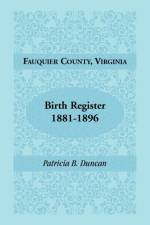


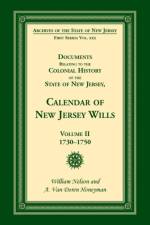
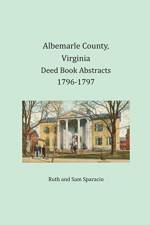










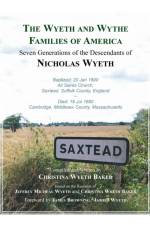





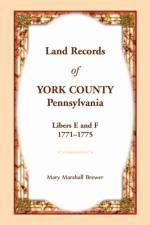
![Abstracts from the Connecticut [formerly New London] Gazette covering Southeastern Connecticut, 1777-1779 af Richard B Marrin](https://cdnbackdoor.tales.as/thumbnail/150x225/00108/71755/cover.1568397058.jpg)

